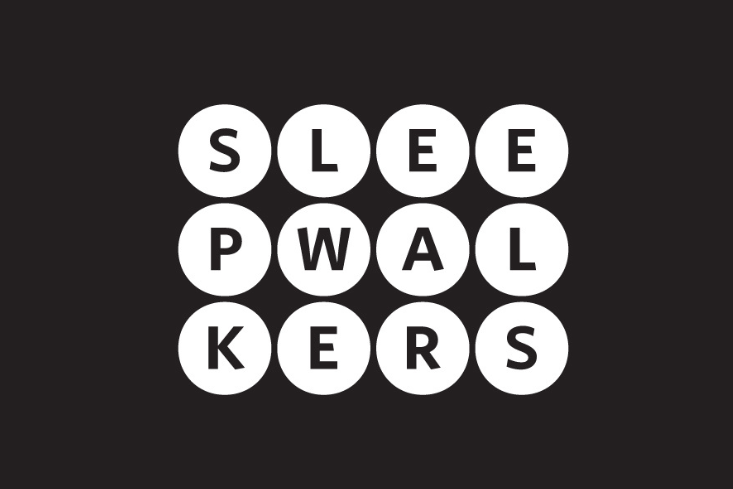This exhibition features Asylumarchive, Gemma Browne, Fiona Chambers, Carol Anne Connolly, Paul Doherty, Mark Durkan, John Gayer, Raine Hozier Byrne, Moze Jacobs, Myra Jago, Bartosz Kolata, Eoin Mac Lochlainn, Shelly McDonnell, Ian McInerney, Caroline McNally, Lorraine Neeson, Bláthnaid Ní Mhurchú, Thomas O’Brien, Tadhg Ó Cuirrín, Peter O’Kennedy, Ethna O’Regan, Fergus O’Neill, Lynda Phelan, Ben Sloat, Chris Timms, Chanelle Walshe, and Lee Welch.
“The future and the lack of has been cited as the basis for a number of exhibitions in Ireland and
Europe in the last few years. Ideas concerning the Modernist project, Idealism and Utopia from a post-Post Modern position have come into common circulation amongst artists. But can we as artists still envision a future? Using the grammatical classification of Future Perfect as a starting point and as a play on words, artists were asked to submit work or proposals that investigate or respond to all of the aforementioned ideas.
This will (ideally!) include political, philosophical, aesthetic, and historical concerns…” Future Perfect was developed under the umbrella of the Sleepwalkers project here in the Hugh Lane. Sleepwalkers involves 6 invited artists, the gallery’s exhibitions curators, a collective experimental phase grounded in Institutional Critique in Gallery 8, and solo shows. As part of my part in “experiments in exhibition making” I have chosen to curate an exhibition in the space. I utilised an open submission process for a variety of reasons. It, on one hand, introduces the curator, myself, to artists and works I wouldn’t normally or previously haven’t encountered. It works in the spirit of generosity by providing a democratised agency for artists in an esteemed institution. It also serves as an experiment, examining and testing the well-know institutional structure of the open submission itself.
The submission process I set up was integral in relation to this last point. Artists in all mediums (including performance and painting) were invited to submit work and proposals for work. I asked for 140 character proposals either via email or Twitter. These could contain links and/or images. And I required a single €2 coin to be sent via post directly to me as the processing fee. Indeed it is all somewhat arbitrary. I suppose that is exactly the point in a kind of absurdist farcical parody kind of way. As I suspected, and later discovered, in this regard artists are ‘well–trained’ so to speak. As I began to receive submissions and the posted processing fee, I delighted in the wide–ranging, yet always very human, engagement that unfolded. The post in particular included gifts, jokes, a range of solutions to ensuring the safe delivery of the €2 coin, and of course the correspondence was almost always hand–written. My response to this was to invoke a ‘No Form Letter Policy’, i.e. I replied with my decision to all applicants individually, albeit concisely. I received numerous responses, a few bad, most good and many further explanations about the submitted work. In a few cases I requested other work or to use the objects mailed in the post. In one instance I requested the use of the artist’s handwriting for the exhibition press image. The point being that dialogues began, there was exchange, feedback, a response.
Work was chosen based on its feasibility, artistic quality and its relevance to the theme. But, mainly when choosing the work I intentionally placed concept before form; rational adherence to my brief prevailed over craftsmanship and other aesthetic or stylistic concerns. Specifically, what I posited was a request for artists to envision the future and by no means sought prescriptive utopianism. There is the all too frequent nostalgia for past conceptions of the future visible in art today, indeed it is arguably the current zeitgeist. Loose applications, “notions of”, poetic interpretations, or exceedingly generous understandings of work were all rejected. I was willing to allow new interpretations to occur and unfold without imposing literal limitations, so long as the artists resolved the proposed brief I would take on the range of solutions regardless of ‘superficial’ matters.
Although striving for impartiality and objectivity, I accept that this is my subjective curatorial
imposition. It is in this, the dialogues I initiated with the artists, and the selection of non-submitted
works that I hope to impact culture through exhibition making. Thanks to everyone at the Hugh Lane and the Sleepwalkers project. Special thanks to Michael Dempsey.
Jim Ricks






